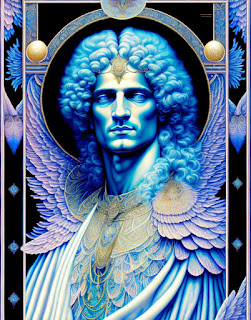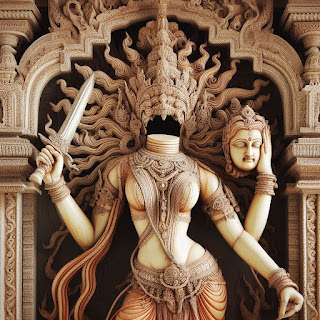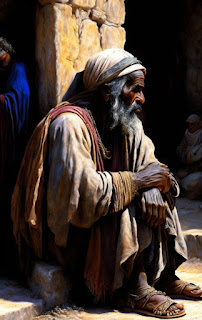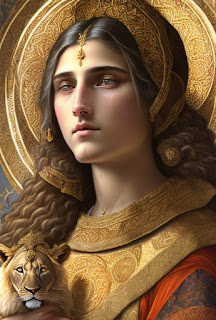Beyond Theology: The Eloquent Influence of Swedenborgianism on Art, Literature, and Culture
Beyond the realm of theology and philosophy, the profound concepts of Swedenborgianism have reverberated across the corridors of human creativity, leaving an indelible mark on art, literature, and culture. Emmanuel Swedenborg's visionary insights into the interplay between the spiritual and material worlds have inspired generations of artists, writers, and thinkers, shaping their works and contributing to a tapestry of profound expression. In this exploration, we unveil the captivating influence of Swedenborgianism on the realms of art, literature, and culture.
1. Art as a Conduit to the Spiritual: The vivid descriptions of the spiritual realms and the correspondence principle within Swedenborgianism have found their way onto canvas and into sculptures. Artists such as William Blake, known for his mystical artworks and poetry, drew inspiration from Swedenborg's teachings. Blake's intricate engravings and poetic verses often depicted the connection between the physical and spiritual, infusing his creations with layers of symbolic meaning.
2. Literature: A Canvas for Spiritual Exploration: Swedenborgianism's profound influence can be witnessed in the works of renowned authors. Ralph Waldo Emerson, a prominent figure in the Transcendentalist movement, was deeply inspired by Swedenborg's ideas. His essays and poetry reflect a reverence for the interconnectedness of the universe and the exploration of the human soul's relationship with the divine.
Henry James, another literary luminary, wove Swedenborgian themes into his novels, using them as a lens to explore the complexities of human consciousness and the supernatural. In "The Turn of the Screw," for instance, James delves into the blurred lines between the material and spiritual worlds, invoking the mysterious and ethereal.
3. Music and Spiritual Harmonies: The ethereal melodies and harmonies of music have also been touched by Swedenborgian influence. Composer Edvard Grieg, who was drawn to Swedenborg's ideas, infused his compositions with spiritual motifs. His work "Morning Mood" from the Peer Gynt Suite exemplifies the fusion of natural beauty and spiritual contemplation, mirroring Swedenborgian themes.
4. Architecture and Sacred Spaces: Swedenborgian principles have also made their way into the realm of architecture. The Swedenborgian Church in San Francisco, designed by architect Bernard Maybeck, is a testament to the movement's impact on sacred spaces. The church's design reflects a harmony between the natural world and the spiritual realm, embodying Swedenborgian ideals of correspondence and interconnectedness.
5. Modern Cultural Echoes: Swedenborgianism's influence continues to resonate in contemporary culture. Its emphasis on spiritual growth, inner reflection, and universal love has found a place in New Age spirituality and self-help literature. The principles of correspondence and interconnectedness continue to inspire seekers and thinkers alike, influencing a wide range of spiritual and philosophical discussions.
As we delve into the profound influence of Swedenborgianism on art, literature, and culture, we uncover a rich tapestry woven with threads of mysticism, symbolism, and spiritual exploration. From the vivid strokes of a painter's brush to the eloquent lines of a poet's verse, Swedenborgianism has left an enduring legacy, inviting us to explore the boundaries of human understanding and creativity. In our final installment, we will reflect on the enduring relevance of Swedenborgianism in the modern world and its potential to guide us toward a deeper connection with the mysteries of existence.




Comments
Post a Comment